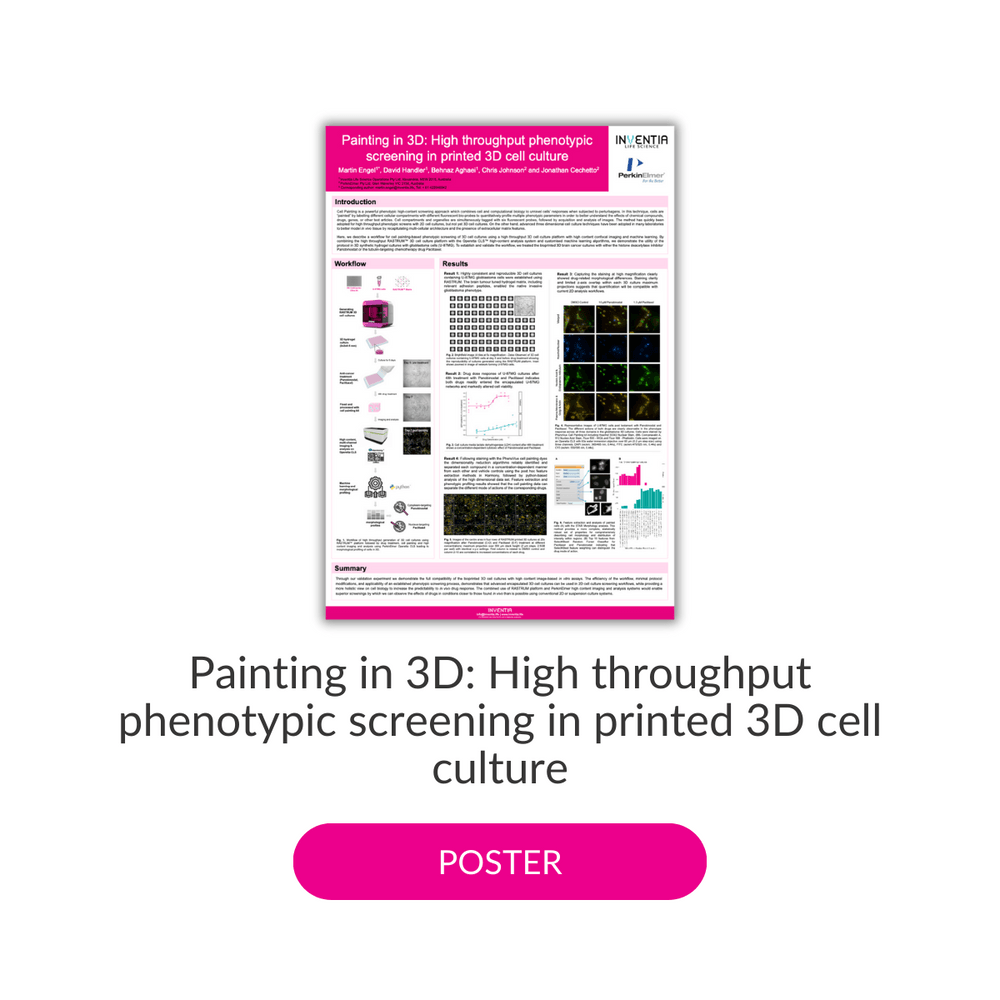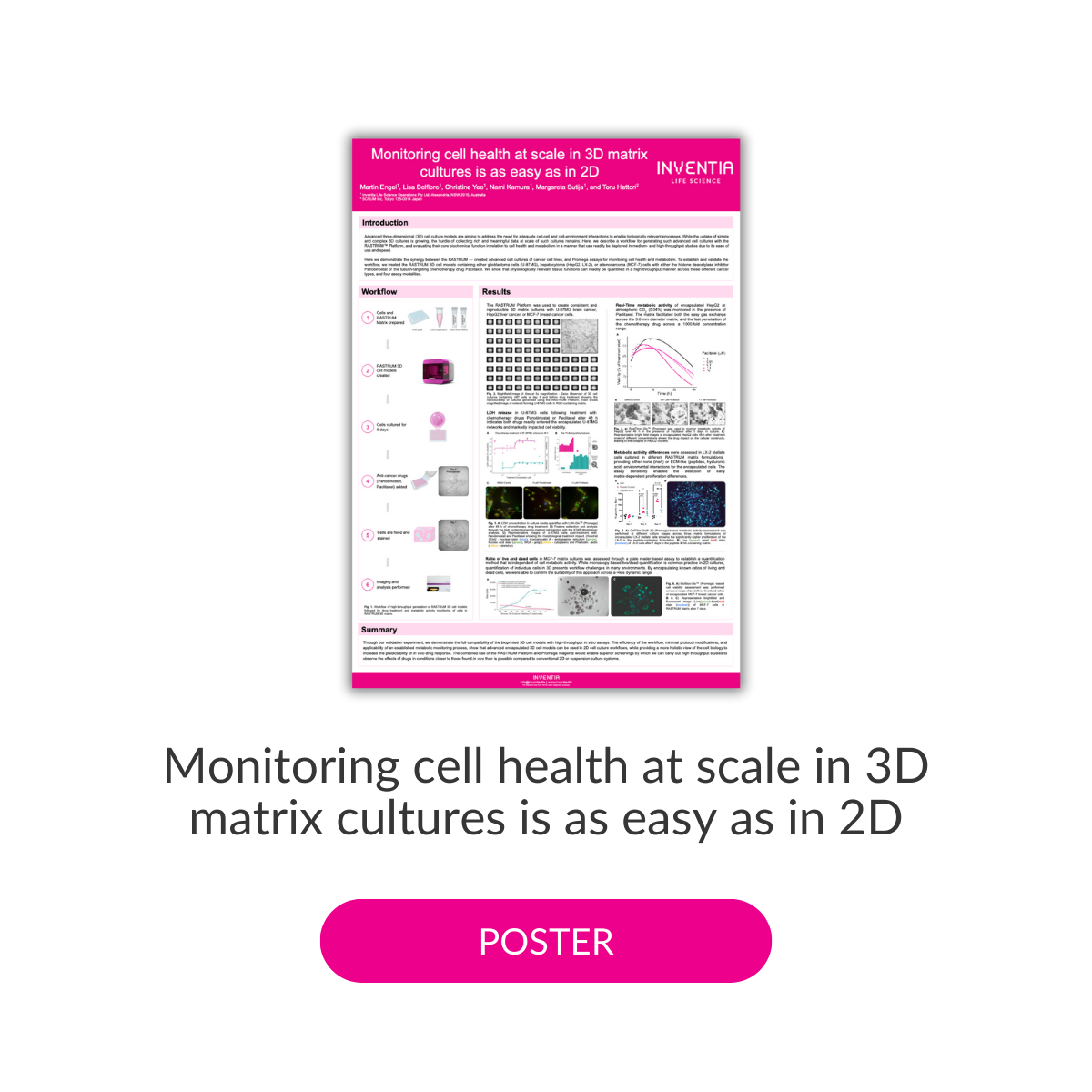
Cancer
Reproducible tumour microenvironments
at scale
The challenge
Every cancer is unique, demanding precise and relevant models to develop effective anti-cancer therapies
Research in cancer is challenging due to the nature of tumour heterogeneity and the intricate complexity of the tumour microenvironment. The highly variable genetic profiles of individual cancer cells within a single tumour leads to variable treatment responses, limiting the effectiveness of treatments. Traditional 2D cell culture models, although valuable, frequently fail to accurately replicate the dynamic tumour microenvironment, thereby limiting their effectiveness in predicting the outcomes of anti-cancer therapies. The absence of physiologically relevant cancer models that can account for this diversity further complicates the development of effective treatments.
The Inventia solution
Reliably model complex biology
for your cancer research
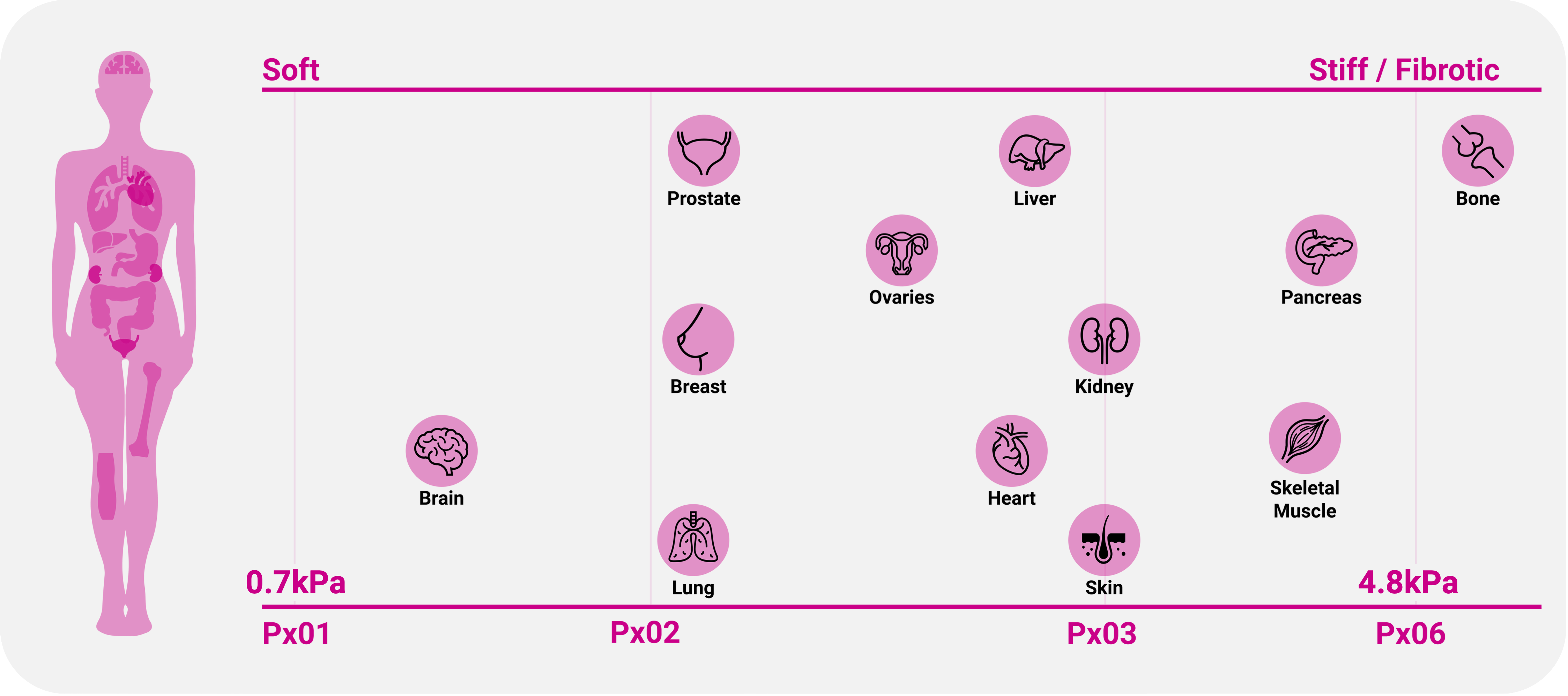
RASTRUM Matrix stiffness classes (Px01, Px02, Px03 and Px06) and representative tissue types.
-
Tailored matrix composition
Offers customised matrix composition for a range of tissue types to accurately mimic the tumour microenvironment (TME), enabling recreation of conditions surrounding cancer cells for realistic experimental outcomes. -
Tissue stiffness variation
Mimics varying tissue stiffnesses (0.7–4.8 kPa) to study cancer cell responses and interactions with their mechanical microenvironment, and gain insights into tumour progression and metastasis. -
Optical clarity
Facilitates high-resolution imaging of cancer cell behaviours and dynamic processes within the TME. This system is engineered for clarity and stability, enabling detailed analysis and long-term observation of cancer progression.

RASTRUM 3D cell models support a range of architectures from single, double and triple matrix.
-
TME replication
Utilises diverse architectures to faithfully recreate the tumour microenvironment and study cancer progression in a physiologically relevant context. -
Flexible spatial arrangements
Interrogates relationship between cell phenotype and matrix by studying cells in different environments within the same well, facilitating the discovery of novel anti-cancer strategies. -
Dynamic experimental control
Adjusts experimental parameters such as matrix composition and stiffness to enhance the relevance and translatability of experimental findings.
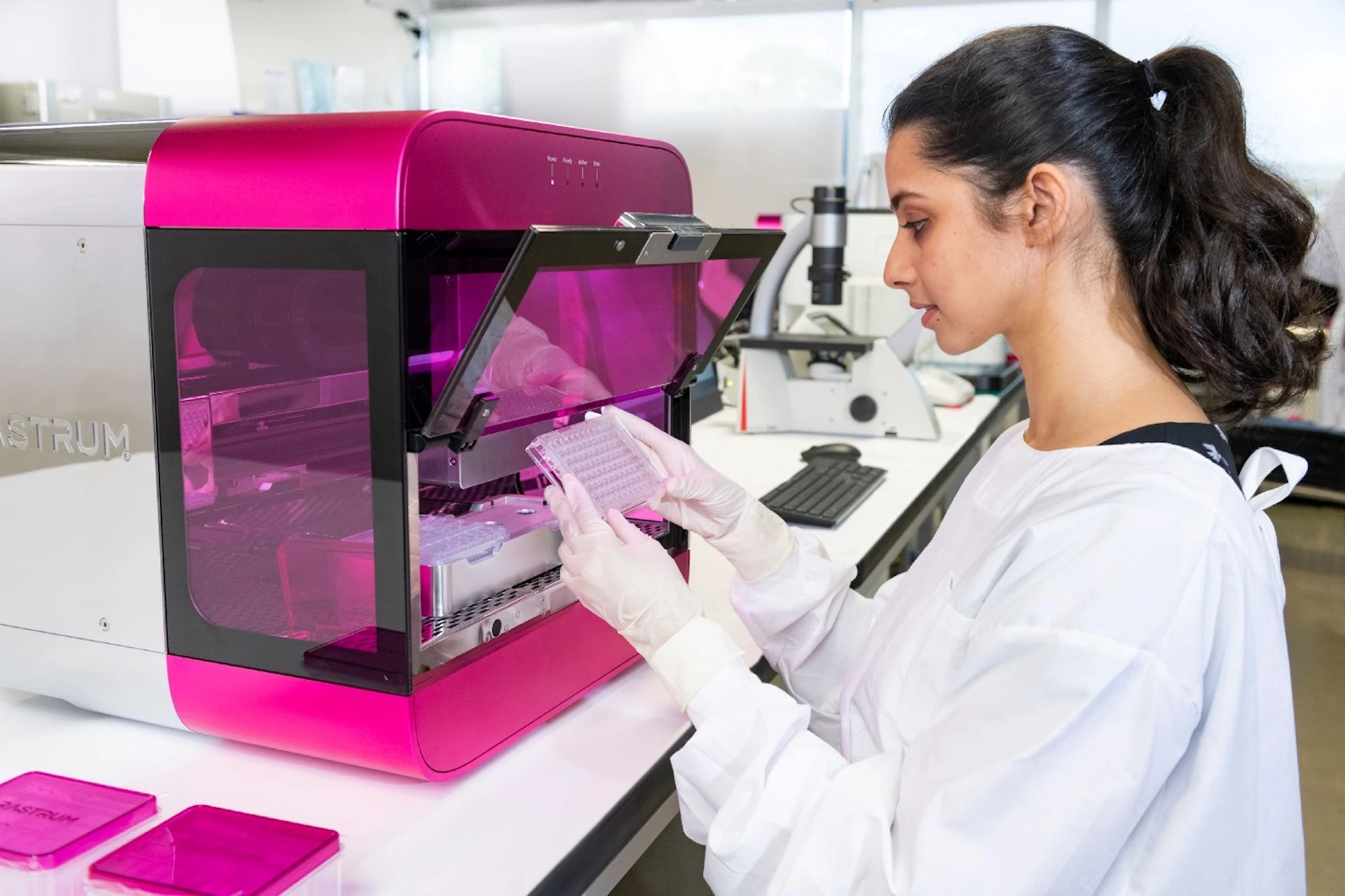
-
User-friendly interface
Provides an intuitive user experience with no coding required, ensuring accessibility for researchers with varying technical backgrounds. -
Efficient workflow
Offers a streamlined workflow and setup process, optimising efficiency and ease of use, allowing researchers to focus more on analysis. -
Cell-friendly handling
Accommodates sensitive cell types, including patient-derived cells, induced pluripotent stem cells (iPSCs) and immortalised cells, this system maintains their integrity and physiological relevance throughout experiments while being gentle on cells.
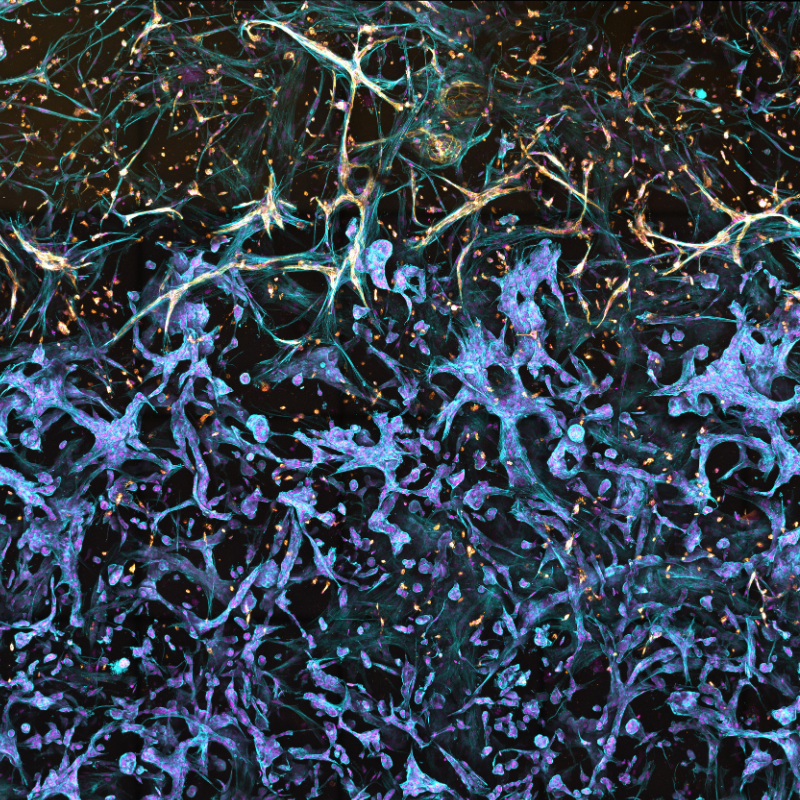
Tumour microenvironment
Mimic the TME with complex 3D cell model architectures and reproducible matrix arrangements to meet your needs
Explore the roles of stromal cells, such as endothelial cells, immune cells and fibroblasts, in tumour processes using RASTRUM 3D co-culture models that simulate dynamic cell-cell interactions in different tissue stiffnesses.

Cancer drug discovery
Drive meaningful therapeutic advancements from lab to clinic
Investigate the complexity of tumour development, disease modelling and cancer progression using RASTRUM 3D cell models that support the culture of a range of cancer cell types and various drug testing analyses, aiding in the discovery of novel cancer therapies.
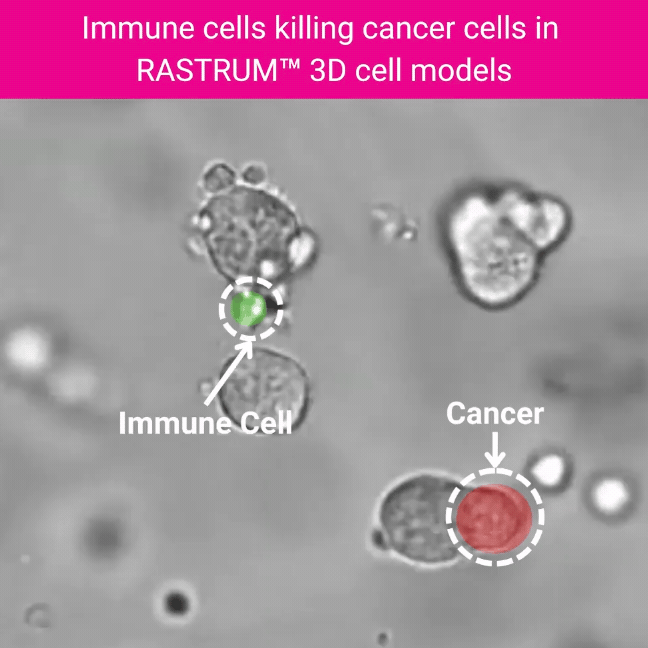
Immuno-oncology
Model the dynamic interactions between immune and cancer cells in vitro
From direct co-cultures at a local level to indirect co-cultures at a tissue level, study tumour–immune cell interactions and immunotherapeutic strategies effectively using RASTRUM 3D immuno-oncology models that replicate the in vivo tumour microenvironment.

Migration and invasion
Access a new world of flexibility to interrogate cancer cell behaviours
Discover realistic cell migration in the context of development, immune response, cancer metastasis, and inflammation with RASTRUM phenotypic cell models using a large number of tissue and cell types that mimic in vivo microenvironments.
Customer spotlight
How RASTRUM phenotypic models are being used in cancer research
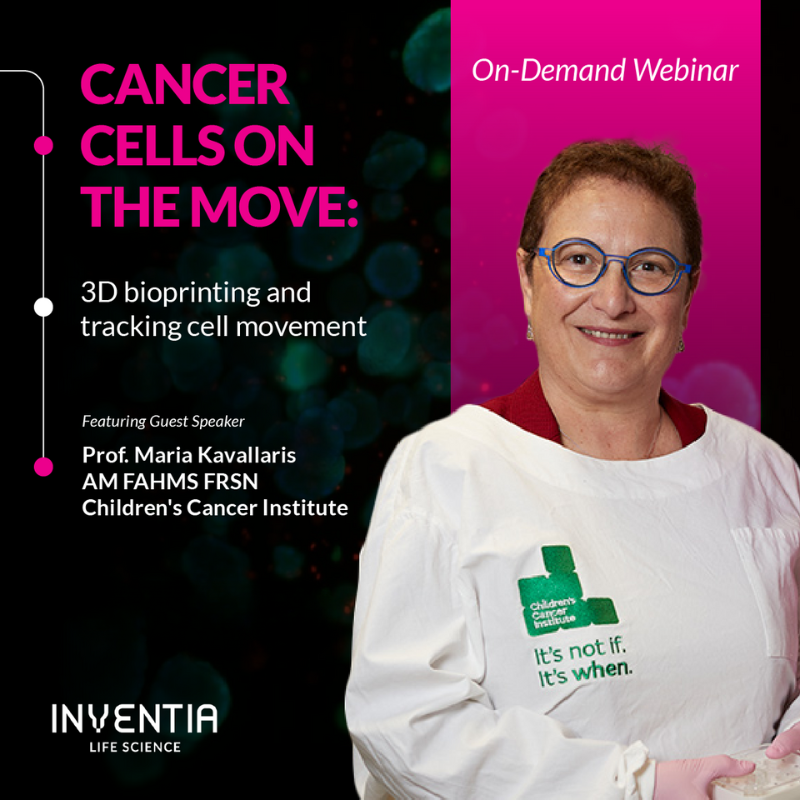
Cancer cells on the move
Prof. Maria Kavallaris AM at the Children's Cancer Institute used the RASTRUM Platform to develop matrix-embedded cancer organoids. The research aimed to understand cancer cell migration and invasion mechanisms for targeted drug treatments. The webinar introduced a high-throughput 3D cell migration model for real-time measurement of cell movement and detailed molecular analysis, advancing potential drug screening for novel cancer therapies.
Explore featured resources to enhance your cancer research
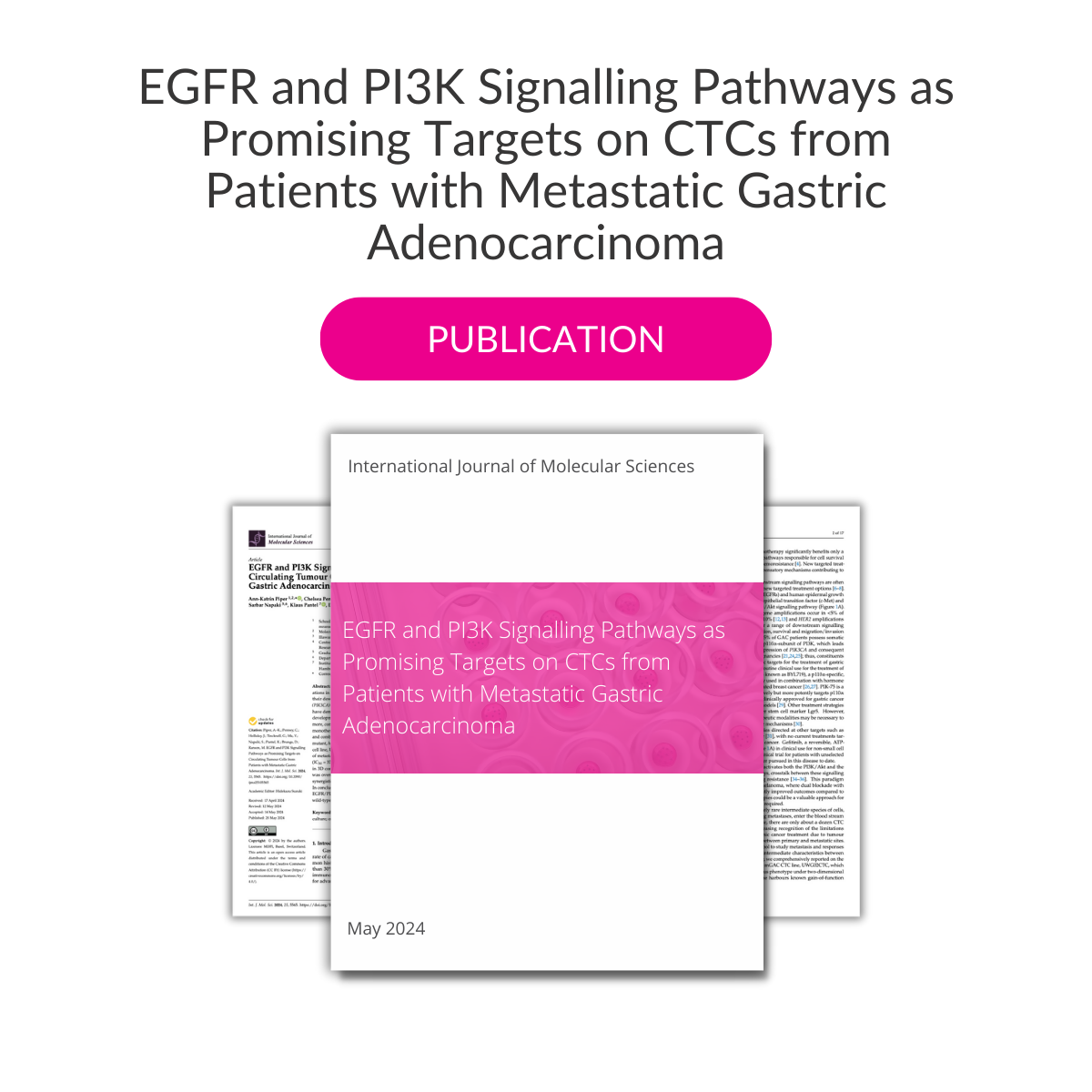
EGFR and PI3K Signalling Pathways as Promising Targets on CTCs from Patients with Metastatic Gastric Adenocarcinoma
International Journal of Molecular Sciences | May 2024
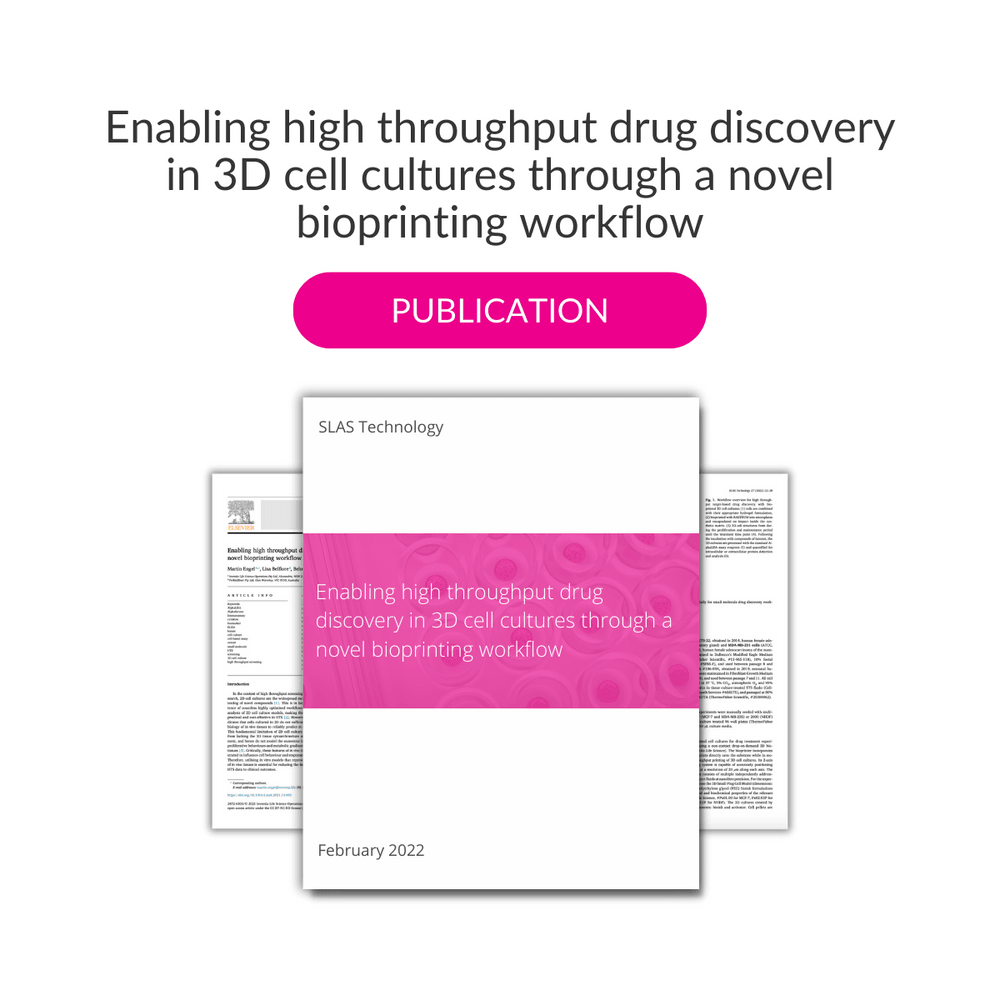
Enabling high throughput drug discovery in 3D cell cultures through a novel bioprinting workflow
SLAS Technology | February 2022
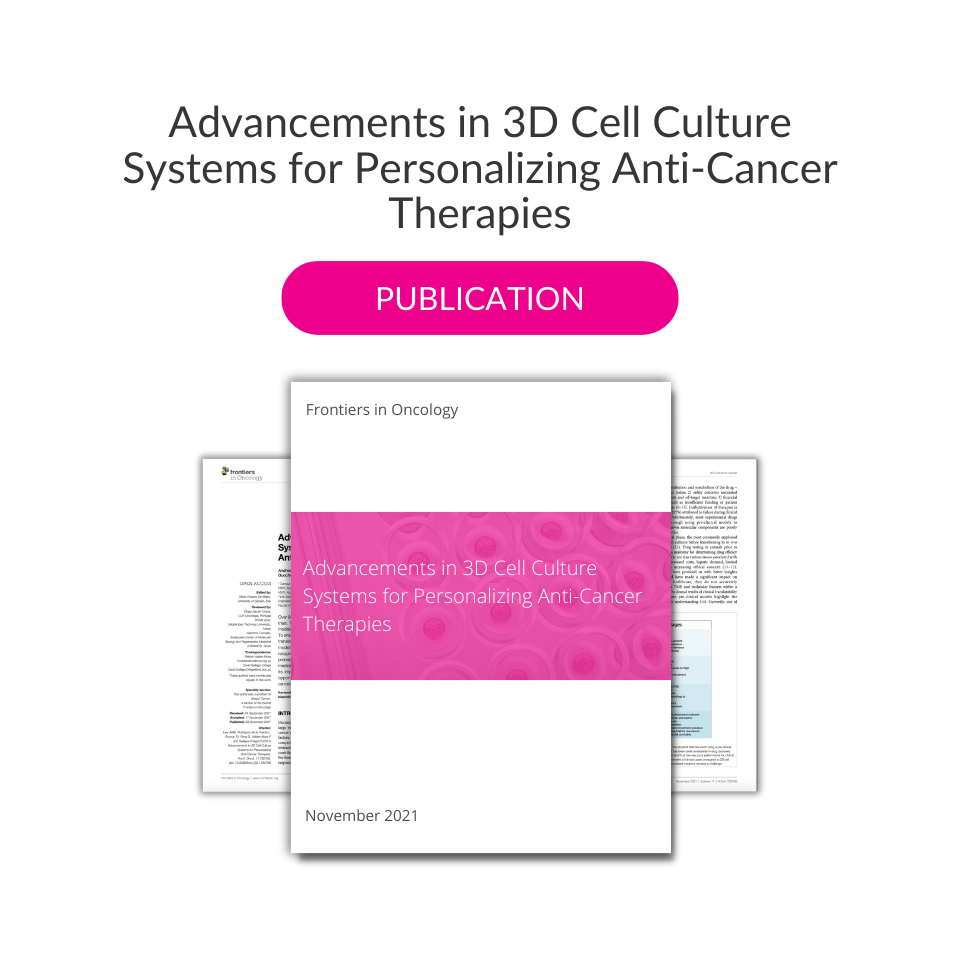
Advancements in 3D Cell Culture Systems for Personalizing Anti-Cancer Therapies
Frontiers in Oncology | November 2021
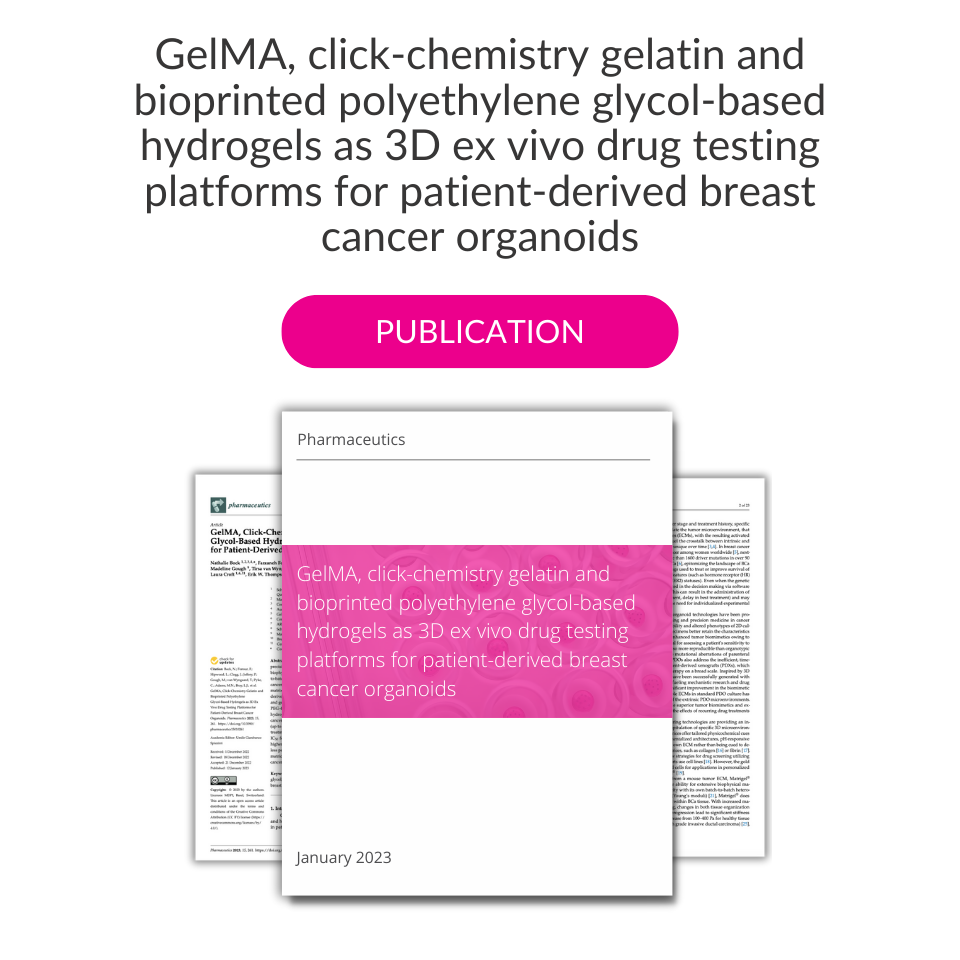
GelMA, click-chemistry gelatin and bioprinted polyethylene glycol-based hydrogels as 3D ex vivo drug testing platforms for patient-derived breast cancer organoids
Pharmaceutics | January 2023
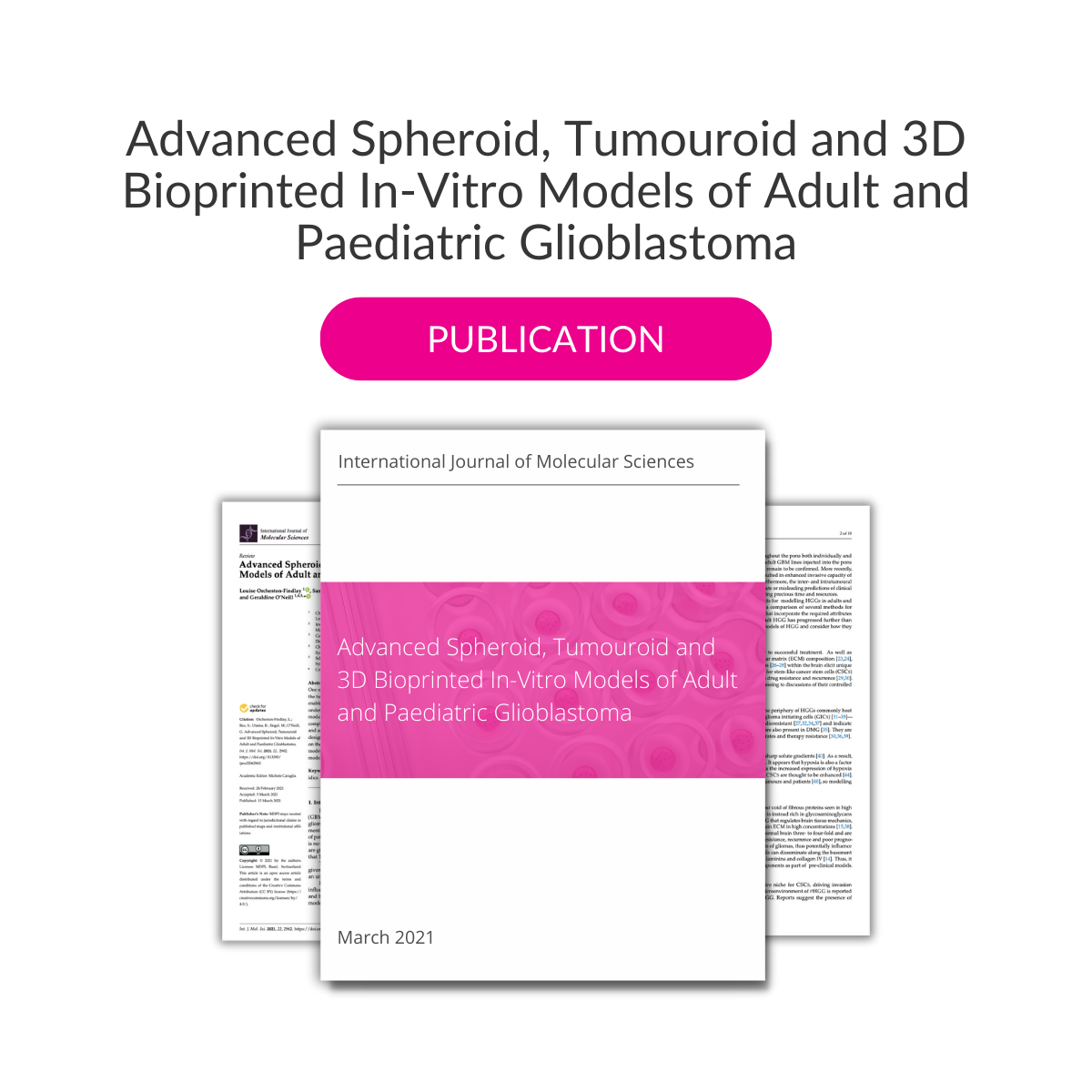
Advanced spheroid, tumouroid and 3D bioprinted in-vitro models of adult and paediatric glioblastoma
International Journal of Molecular Sciences | March 2021
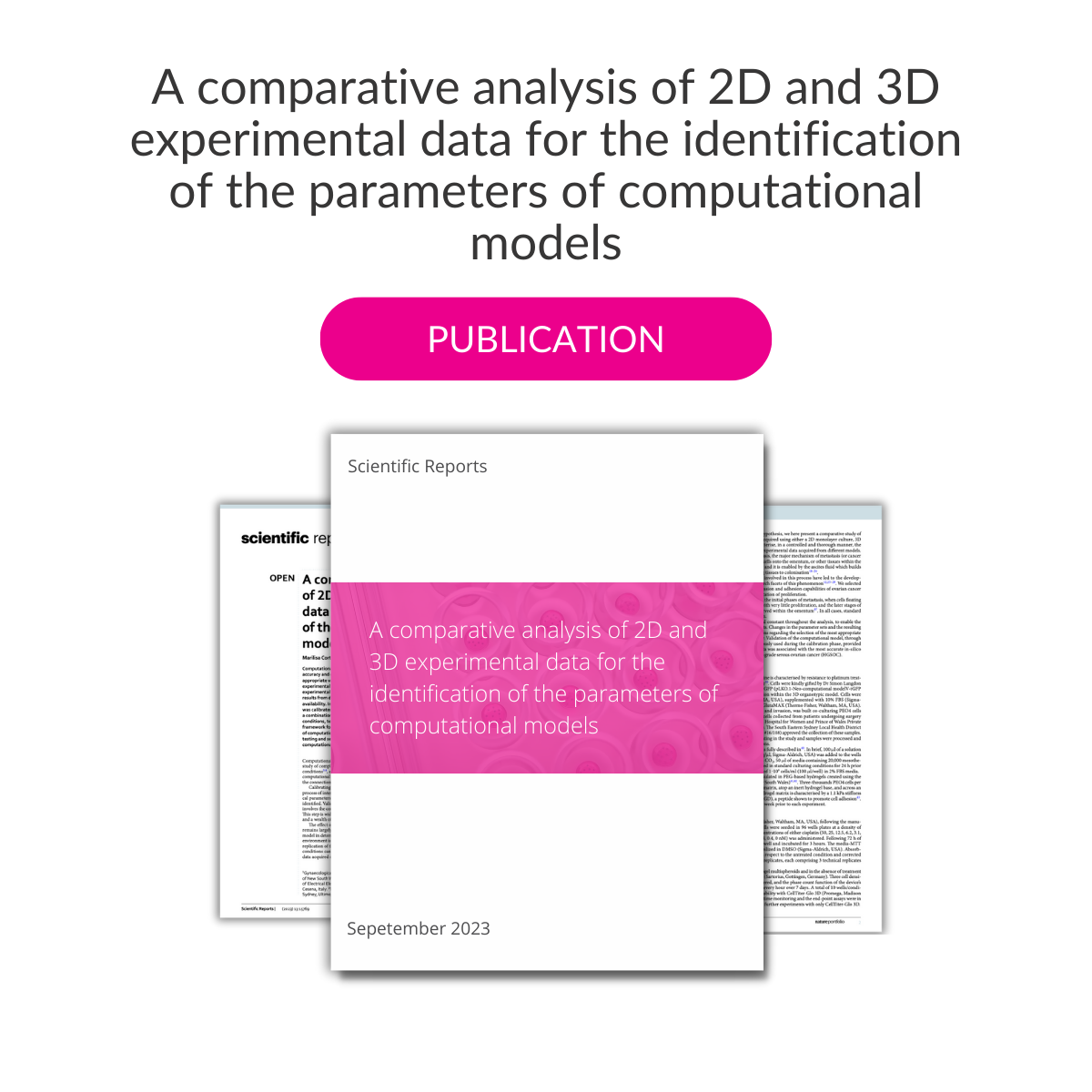

%20(1).png)
